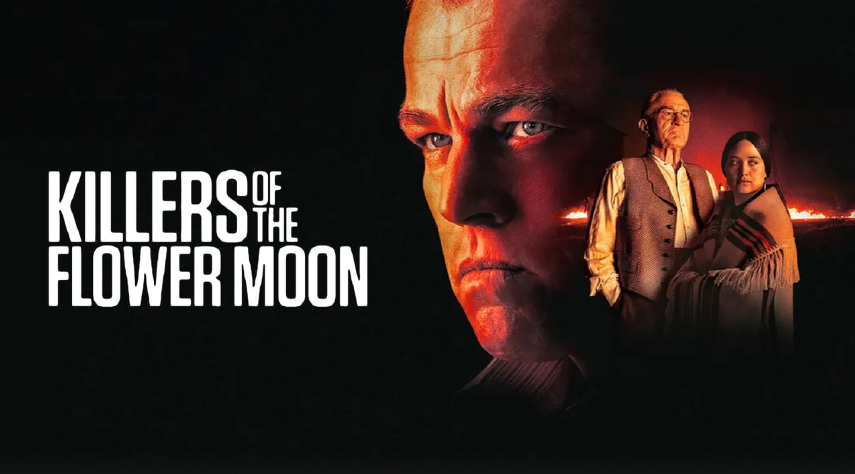Music Criticism Today
- Yida Zhang
- Feb 6, 2024
- 4 min read
I am embittered about the state of music criticism today. In an age where the wide availability of digital audio workstations (DAWs) and other tools for music production exist, the general public have reduced themselves to the consumption of an insulated, non-challenging range of music. They will not acknowledge the sonic innovation of the underground, instead preferring to gravitate towards the status quo.
YouTube videos comparing “mumble rap” with “lyrical rap” are just one of the factors that aggravate this, reducing the art and culture of hip-hop into derogatory branding. This sort of simplification leads to ignorance. “Mumble rap” becomes rap whose lyrics are “unintelligible”, “gangsta rap” becomes rap in which the lyrics are able to be made out, and “hood rap” or “conscious rap” is rap that speaks about systemic issues. This latter branding is especially dangerous, a form of ghettoization of black expression, contributing to a system where racial oppression is able to continue. Rappers like MIKE who make music about the pride of the African American diaspora have their music categorized as conscious rap, while rappers of Caucasian race, like NF, who rap about similar social topics, is not branded as such. For example, in his song “no, no”, MIKE raps about his troubled childhood, and his early usage of marijuana: “Started picking up these habits at an early age / getting faded in the madness just to cure the pain”. NF raps about similar traumatic experiences in his song “The Search”: “Thoughts telling me I’m lost getting too loud”. Although the themes they explore through their music is similar, one gets labelled as a “conscious rapper”, while the other is a “Christian rapper”: NF’s gimmick of not swearing in his songs appeals to Christians. This is one example of a gated audience: they are unable to appreciate artists’ use of slang and language which is familiar to them and has been familiar to them throughout their entire life. In sum, the term “conscious rap” is especially ironic, since in a state where racial and class consciousness are systematically suppressed, the majority are not conscious at all of the root of their suffering.
What is also significantly ignorant of even more academic listeners of music is their tendency to analyze music based on lyrics only. An example of this is the analysis of the lyrics of rappers like Kendrick Lamar. Scholars and music reviewers (here is an example of an analysis of DAMN. Through an exclusively lyrical lens: https://www.udiscovermusic.com/stories/kendrick-lamar-damn-album/) have almost exclusively approached Lamar’s music through his lyrics, because they see its literary artistry. Although this is a valid approach, since Lamar’s art is arguably suitable to be analyzed academically, it is bewildering that this has been the status quo for music analysis, and for all sorts of different artists whose artistic expression are unique in their own way. The emphasis on lyrics ignores the other, arguably more important elements of music: the beat and its construction, the form, the rhythm, and other musical choices to convey a specific message. How can music be analyzed as a piece of art if scholars have absolved it from its inherent ability to be understood and critiqued as such? Music originated as an instrumental form. The understanding of a piece of music without understanding the counterpoint it poses between instrumental and lyrics results in a limited understanding. In short, scholars and audiences ignore formal innovation and criticize music based only on lyrics.
Lastly, music that may seem novel and avant-garde in nature should not be compared with music that has already been accepted as pieces of art. Art should not be recognized as such and critiqued as such only once they have been accepted into the cultural hegemony, especially not if this hegemony is dominated by a predominantly white population. Continuing the example of Kendrick Lamar, one can make an argument on his album To Pimp a Butterfly’s critical acclaim based on its more generally accessible sound comprised of a mixture of jazz and hiphop. In contrast, his earlier album good kid m.A.A.d. city did not get this kind of recognition because it contained harsher sounds, more influenced by the trap culture of his native Compton. Thus, critics also fall into the trap of shutting their minds on hearing albums which do not appeal to their musical education. Lamar’s newest song with his cousin Baby Keem, “The Hillbillies”, is a more laid-back track featuring production by underground collective Surf Gang. This song initially had a negative reception due to it “sounding like a throwaway”, and its absence of Lamar’s usual musical style.
Similar themes to those that Lamar explores on Butterfly can be heard on other hip-hop albums, which do not get talked about because they do not sound “elevated”. Class-based trauma, which many rappers suffer from due to their upbringing in ghettos, leads not to the desire and search of liberation in their adulthood, but instead to the search for capital, for material success. The lack of education and awareness about rampant capitalism and its reverberating repercussions in the United States has been and still is the cause of suffering of these artists nowadays.
When will true democracy take shape? When will institutionalized racism and capitalism stop fueling ignorance and hatred? When will musical expression from the African American diaspora finally be understood as the result of centuries of suffering from a white-supremacist state?






Commentaires